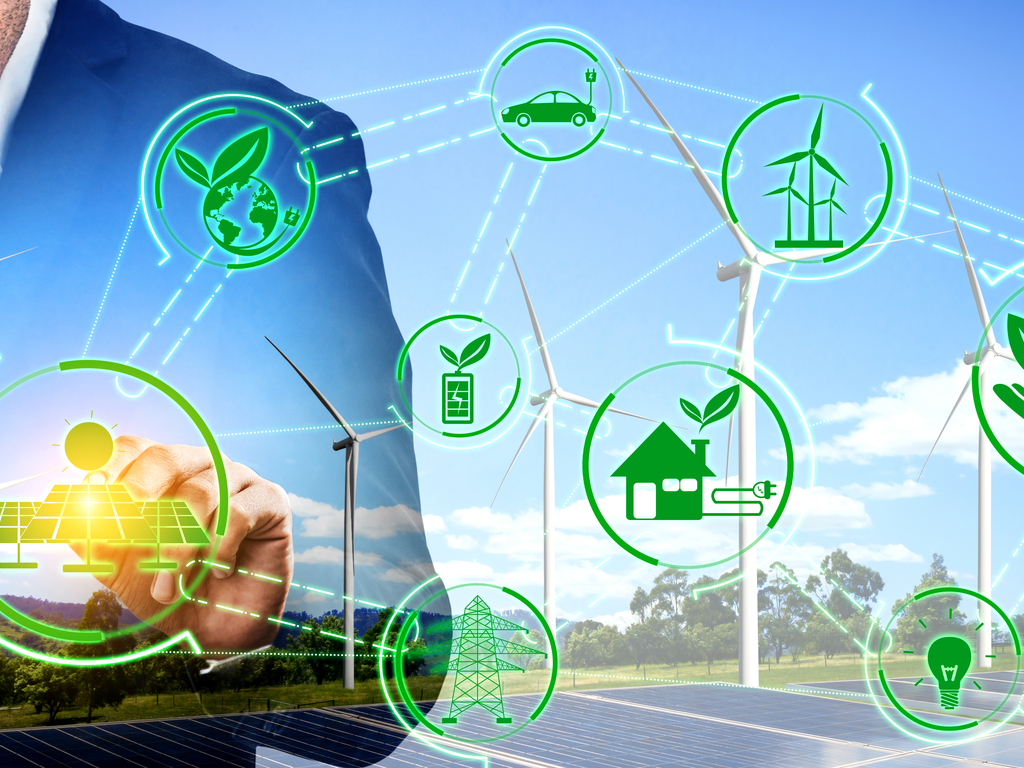Andriy Andrusevych, Senior Policy Expert, Resource & Analysis Center “Society and Environment”
In late March, 2021 OECD issued a report “Sustainable Infrastructure for Low-carbon Development in the EU Eastern Partnership”. The report analyses planned infrastructure projects, decision-making frameworks related to infrastructure development and strategic planning documents in the six countries of the EU Eastern Partnership: Armenia, Azerbaijan, Belarus, Georgia, Moldova and Ukraine.
Prior to the COVID-19 pandemic, the countries of the Eastern Partnership had experienced rapid growth and, in many cases, begun undertaking sweeping market reforms, the report reads.
The current infrastructure gap in EaP countries combined with the economic downturn resulting from COVID-19 represent a major challenge in the region, but also an opportunity to promote infrastructure projects that will boost investment and employment while contributing to progress towards long-term objectives of the Paris Agreement and the Sustainable Development Goals (SDGs).
StrategEast has interviewed major experts from EaP countries. Here are the answers from a Ukrainian expert.
Do you consider the infrastructure projects planned and under construction in your country fully support the country’s long-term development and climate objectives?
Ukraine’s new National Economy Strategy 20301 primarily focuses on economic growth, while declaring ambitious environmental and climate objectives, including building climate-neutral economy by 2060 (NES 2021). In addition, Ukraine declared its support for European Green Deal2 (RACSE 2020a, p.10) as soon it was launched by the EU in December 2019. The European Green Deal is having significant impact on national policy planning in Ukraine, as well as other EaP countries3 (RACSE 2020b, p.4).
However, in practice sectoral priorities of NES and currently developed or planned infrastructure projects in Ukraine are not guided by or aligned with environmental or climate considerations. While formally general and sectoral agendas in Ukraine do reflect environmental concerns, the real priorities are related to ensuring short-term energy security or eliminating risks to key infrastructure, including electrical system stability or liberalization of energy markets4 (RACSE 2021, p.26, p. 51). Decarbonization is taken into account, but is not a guiding principle for planning large infrastructure projects.
Do you believe your country needs to improve the integration of climate change and other environmental concerns into infrastructure development decision-making processes?
Primary tools for integrating environmental, including climate change, considerations into infrastructure development decision-making processes in Ukraine are environmental impact assessment (EIA) and strategic environmental assessment (SEA). Both tools were introduced a few years ago in an effort to implement respective EU directives. However, assessment procedures in practice continue to suffer from insufficiencies5 (OECD 2021, p.183). Both assessment procedures have unjustified wide scope of applications resulting in a huge number of EIA/SEA procedures, which given low capacity and human resources of public authorities, raises concern as to their efficiency.
Climate change needs integration into SEA procedures, while EIA procedures already have to take into account climate related considerations.
Ukraine’s infrastructure-related development strategies fall outside of its legal framework for strategic policy planning, while strategic policy planning itself needs integration of environmental and climate considerations to ensure sustainable development and green growth of Ukraine.
- National Economy Strategy till 2030 [NES] (2021), approved by the GoU on March 03, 2021, available at https://www.kmu.gov.ua/npas/pro-zatverdzhennya-nacionalnoyi-eko-a179 (in Ukrainian).
- RASCE (2020a), European Green Deal: Opportunities and Threats to Ukraine, Policy paper: Resource and Analysis Center “Society and Environment, available at https://www.rac.org.ua/en/priorities/european-green-deal/european-green-deal-opportunities-and-threats-to-ukraine-2020.
- RASCE (2020b), European Green Deal: shaping the Eastern Partnership future. Environmental policy of the Eastern Partnership Countries under the EGD, Policy Paper, by Andrusevych at al., available at https://www.rac.org.ua/uploads/content/593/files/webeneuropean-green-dealandeapen.pdf.
- RACSE (2021), Mapping of strategic targets of Ukraine and the EU in the context of the European Green Deal: development vectors and flagship initiatives, Policy paper, available at https://www.rac.org.ua/en/priorities/european-green-deal/mapping-of-strategic-targets-of-ukraine-and-the-eu-in-the-context-of-the-european-green-deal-development-vectors-and-flagship-initiatives-2021.
- OECD (2021), , OECD Publishing, Paris, https://doi.org/10.1787/c1b2b68d-en.




